Science
Stunning Space Butterfly Captured by ESO Telescope
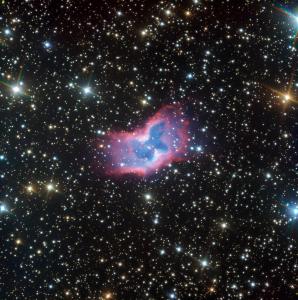
New ESO’s VLT image of the NGC 2899 planetary nebula
- Read more
- 308 reads
New Space satellite pinpoints industrial emissions of methane emissions

Methane plume from oil & gas infrastructure in the Caspian Sea region.
- Read more
- 289 reads
Study: A plunge in incoming sunlight may have triggered “Snowball Earths”
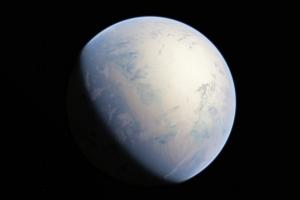
The trigger for “Snowball Earth” global ice ages may have been drops in incoming sunlight that happened quickly, in geological terms, according to an MIT study.
- Read more
- 287 reads
ExoMars finds new gas signatures in the martian atmosphere
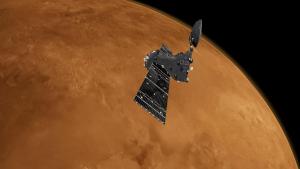
Trace Gas Orbiter at Mars
- Read more
- 279 reads
The ultimate RAVE: final data release published

RAVE observed nearly half a million stars of our Galaxy. The Sun is located at the centre of the coordinate system. The colours represent radial velocities: red are receding stars and stars depicted in blue are approaching.
- Read more
- 280 reads
Dead star emits never-before seen mix of radiation

Integral: gamma-ray observatory
- Read more
- 297 reads
CfA Scientists and Team Take a Look Inside the Central Engine of a Solar Flare for the First Time
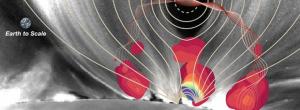
CfA Scientists and Team Take a Look Inside the Central Engine of a Solar Flare for the First Time
- Read more
- 304 reads
X-Rays Recount Origin of Oddball Meteorites
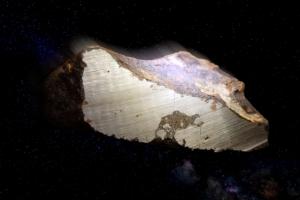
X-ray experiments at Berkeley Lab’s Advanced Light Source helped scientists to establish that the parent planetesimal of rare meteorites, like the one shown here, had a molten core, a solid crust, and a magnetic field similar in strength to the Earth’s magnetic field.
- Read more
- 298 reads
NASA’s Mars 2020 mis¬sion will search for traces of past mi¬cro¬bial life with the Per-se¬ver¬ance rover

NASA's Mars rover Perseverance
- Read more
- 290 reads




